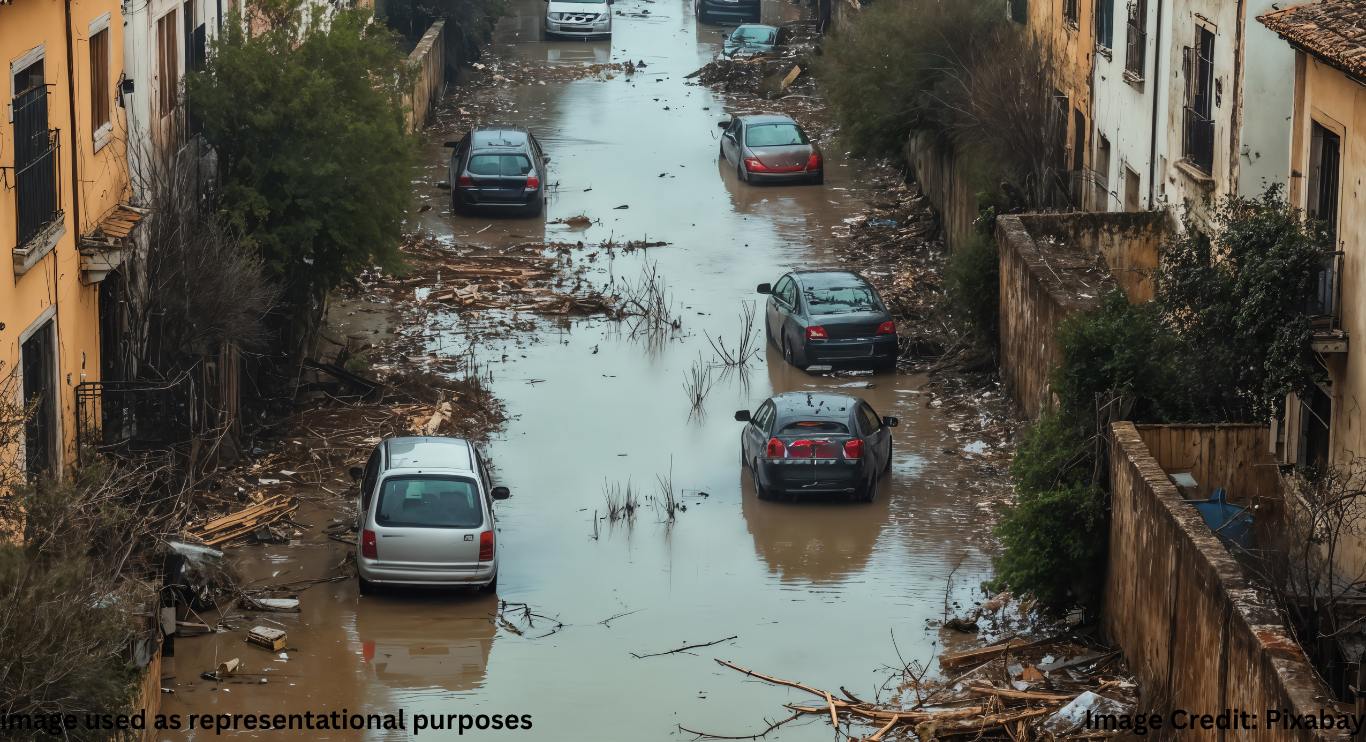
Texas Flooding Death Toll Rises
Texas Flooding Death Toll Rises — a phrase that now echoes across national headlines, local conversations, and emergency broadcasts. The Lone Star State is no stranger to extreme weather, but the 2025 floods have left a particularly deep scar. As of this week, the death toll has tragically surpassed 50, with thousands displaced and homes swallowed by water.
From Houston’s suburbs to rural communities like Liberty County, the scale of destruction has challenged state systems and shocked residents.
Why the Texas Flooding Is Different This Year
Each year, Texas faces its fair share of storms. But 2025’s flooding is proving historic due to a perfect storm of environmental factors: Record-breaking rainfall over 12 inches in 24 hours in parts of southeast Texas, saturated ground from previous storms, insufficient drainage systems, increased urban sprawl reducing natural absorption
According to The Weather Channel, the flooding began after Hurricane Lorraine brought torrential downpours over already vulnerable regions.
Human Stories Behind the Headlines
Numbers can be numbing. But when you hear from those on the ground, the magnitude becomes heartbreakingly clear.
Maria Torres, a mother of three from Rosenberg, shared her ordeal:
“I woke up at 4 a.m. to water pouring into my living room. I didn’t even have time to grab all my kids’ school books. We just ran.”
Her story is echoed by dozens of families forced onto rooftops, waiting for rescue boats that often didn’t come for hours.
Meanwhile, John Patrick, a 72-year-old veteran, was found lifeless inside his flooded vehicle in Beaumont. His neighbors said he had tried to drive to safety after his power was cut. Tragically, his car stalled in rising waters.
Emergency Response and Rescue Efforts
State and local emergency crews have been stretched thin. The Texas Division of Emergency Management (TDEM) reported over 1,200 rescue missions in just three days.
The National Guard was deployed to assist in evacuations, especially in areas where roads became rivers overnight.
Still, response delays were inevitable. Some blame underprepared county infrastructure, while others point to the lack of pre-storm warnings in some zones.
The Impact on Infrastructure and Daily Life
With power grids failing and water supplies contaminated, life has come to a standstill for many Texans. Over 100,000 residents lost power in Houston alone, multiple water treatment plants in Fort Bend County shut down, major roads like I-10 and US-59 were closed for days.
Small businesses have also suffered. Stores remain underwater, and many families have lost their primary income sources.
“We just recovered from COVID, and now this,” said Marcus Wren, owner of a bakery in Pasadena.
The Climate Change Link
Experts are connecting the dots between the rising Texas flood death toll and climate change.
According to NOAA, warmer temperatures lead to increased atmospheric moisture, intensifying storms and resulting in more rainfall per event. Houston’s sprawl further compounds the issue—pavement and development prevent natural water absorption, pushing it into homes and streets.
Dr. Elena Mendez from UT Austin states:
“These aren’t just rare events anymore. They’re becoming our new normal.”
How Texans Are Helping Texans
Even amid the devastation, Texas’ community spirit shines through.
Local churches and mosques have opened doors for shelter
Volunteer groups like the Cajun Navy are assisting with boat rescues
Restaurants in unaffected areas are providing free meals to victims
One standout example is the group of high school students from Sugar Land who organized a supply drive, collecting over 3,000 bottles of water, clothes, and baby supplies within two days.
Government and FEMA Response
Governor Greg Abbott has declared a state of emergency in over 40 counties, opening the door for federal funding and support.
FEMA teams are already on the ground, assessing damage and assisting with temporary shelters and rebuilding.
However, criticism has emerged. Some citizens argue that: Warnings came too late. Shelters are overcrowded and undersupplied. FEMA’s disaster assistance portal crashed due to traffic spikes.
Still, for many, any help is a lifeline.
What Comes Next?
The rising Texas flooding death toll underscores the need for more resilient infrastructure, early-warning systems, and climate policy adjustments.
Long-term recovery plans are in motion, but experts predict it may take years for some communities to fully rebuild.
“It’s not just about rebuilding structures; it’s about rebuilding lives,” said Dr. Lisa Chung, a trauma therapist working with flood survivors.
Final Thoughts
As the Texas flooding death toll rises, it’s not just about numbers—it’s about people, stories, and the collective will to overcome tragedy. While the rain may have stopped, the struggle is far from over.
Texas has always been resilient. Now, more than ever, that spirit is being tested—and it’s showing no signs of breaking.

Akalumhe Jefferson is a content writer with a new found interest for crafting engaging stories that transport readers to new worlds. Although no current actual background in creative writing but there’s active love for writing



